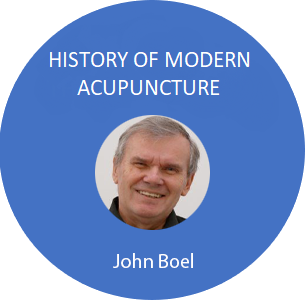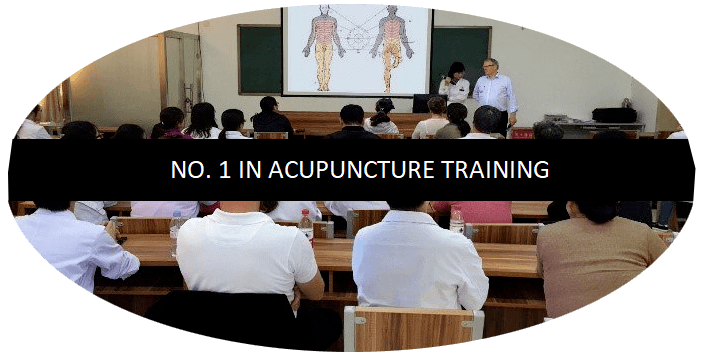Eye Acupuncture
EYE ACUPUNCTURE ACCORDING TO PROFESSOR BOEL
Success in eye acupuncture – seeing again
The Stanford Research Institute at Stanford University in the United States came to the conclusion after intensive studies that humans receive 84% of their sensory impressions through the eyes.
The eye is therefore the most important sensory organ.
Fortunately, medical science today can help many eye patients.
A good example is the cataract, which led to blindness some years ago. Ophthalmologists today are able to help 95% of the cataract patients to return to normal vision with modern technology.
Unfortunately, there are still many eye diseases in which eye specialists have had poor or no results so far, for example retinitis pigmentosa or weak eyesight due to strokes and other blindness due to brain disorders.
The most common disease is dry macular degeneration (AMD) – the leading cause of clinical blindness in the Western world.
In addition, there are many eye problems that are only partially addressed by specialists, such as glaucoma and eye diseases caused by diabetes and multiple sclerosis (MS).
Boel Acupuncture has done intensive research to help these patients as well. Initially, treatments for the above-mentioned eye diseases had a success rate of almost 25%, today the rate is over 80% in the treatment of these and other so-called incurable eye diseases.
Prof. Boel and his team use different types of modern acupuncture methods developed by Boel himself. So far, more than 6,000 health professionals from 50 countries have learned one or more of these methods.
Many years of practice show that almost all eye diseases are successfully treatable.
The statistics prove the success
At Boel Acupuncture in Denmark, about 750 treatments are performed each week in four clinics. The statistics document the following results of treatments with the following eye diseases:
Dry and Wet Macular Degeneration (AMD) – the leading cause of clinical blindness in the western world is AMD. The statistics for the past three years show that there is a 83% success rate at AMD.
Blindness due to brain disorders – 82%
Glaucoma / Green Star – 81%
Retinitis Pigmentosa (up to 15 degrees improvement possible) – 80%
Eye diseases caused by diabetes – 79%
Other eye diseases – on average 80%
According to conservative estimates, Boel-trained acupuncturists worldwide have treated more than 10 million eye patients with Boel’s Modern Acupuncture.
Responsibility, trust, improvements
It is also documented, among other things, that some colleagues copied the MAB concept, or tried to copy it. We are proud of that, but also a bit sad. Proud because it proves that Modern Acupuncture after Boel is a leader in this field. Saddened, because some of these colleagues make some changes, which worsen the result and partly the trainees do not learn the latest developments – to the detriment of the patients.
But that also means we have a significant responsibility to the thousands of trainees, and also to the millions of patients around the world who trust in the MAB system. That’s why Prof. Boel invests a lot of time and resources to investigate what can be done even better.
The countless hours spent with research are suddenly forgotten when John Boel meets a blind or severely visually impaired patient who comes for eye acupuncture treatment. Or like visiting a trainee in Norway, where an elderly patient with joy and tears in his eyes told how happy he was after the eye acupuncture treatment he had received 16 years ago, when he was almost blind due to AMD. After the treatment, he regained 60% of his vision and 16 years later still has it.
We have gradually come so far in the development of eye acupuncture that we are not really making much progress, but luckily we are still making small improvements.
Last year, there were three new insights that both new and old participants in our courses can learn.
See further articles and cases on eye acupuncture here (link)


